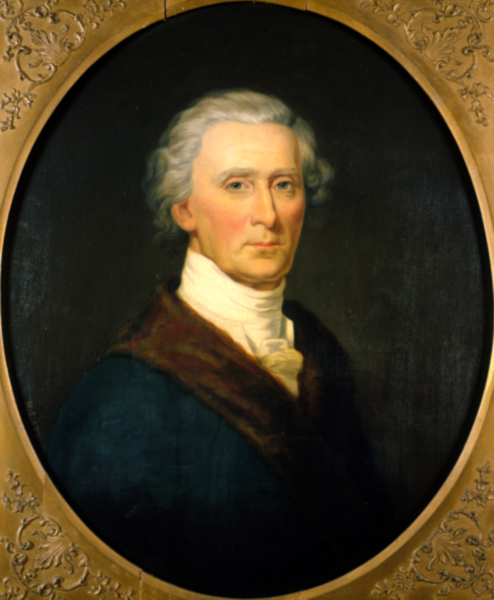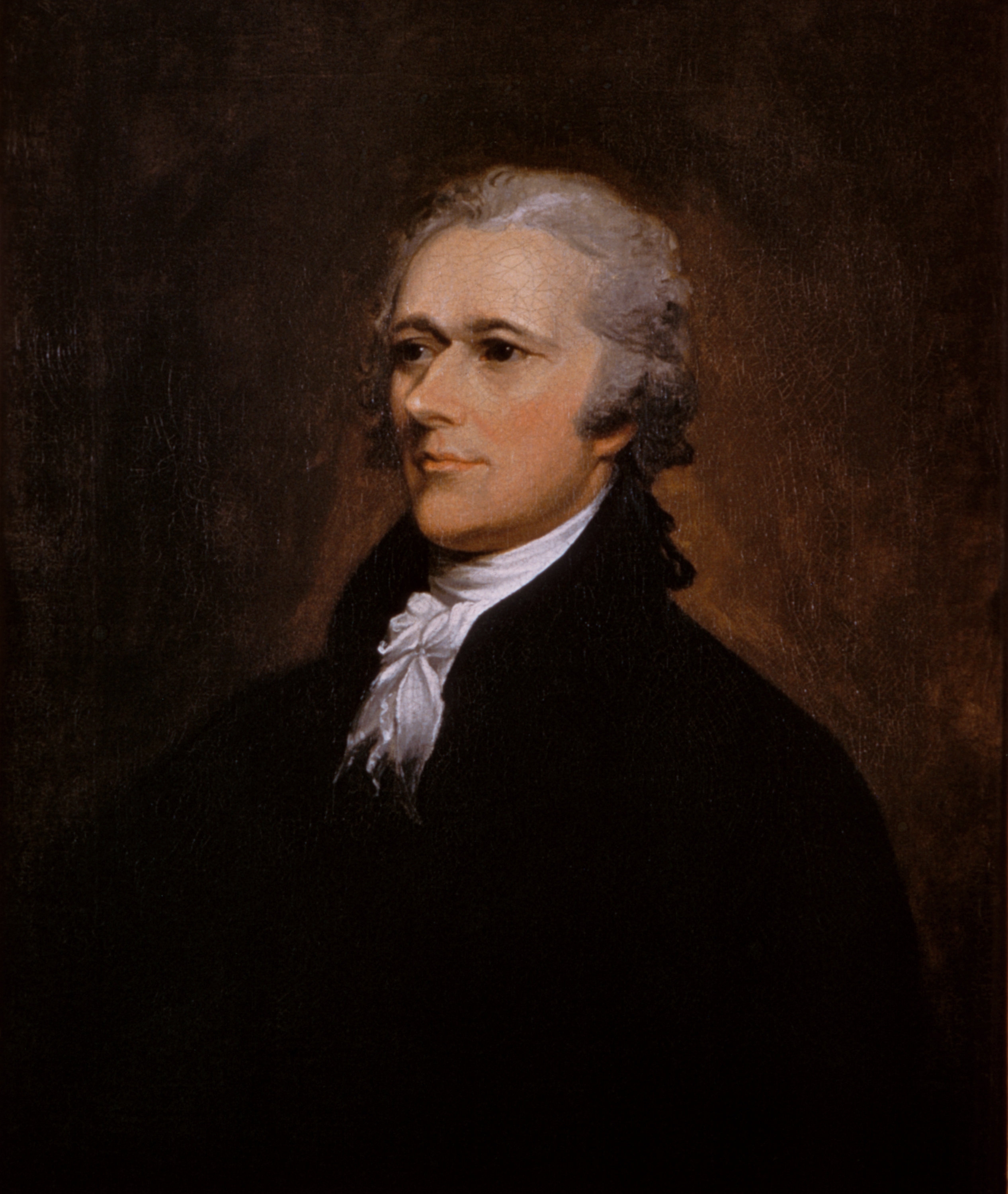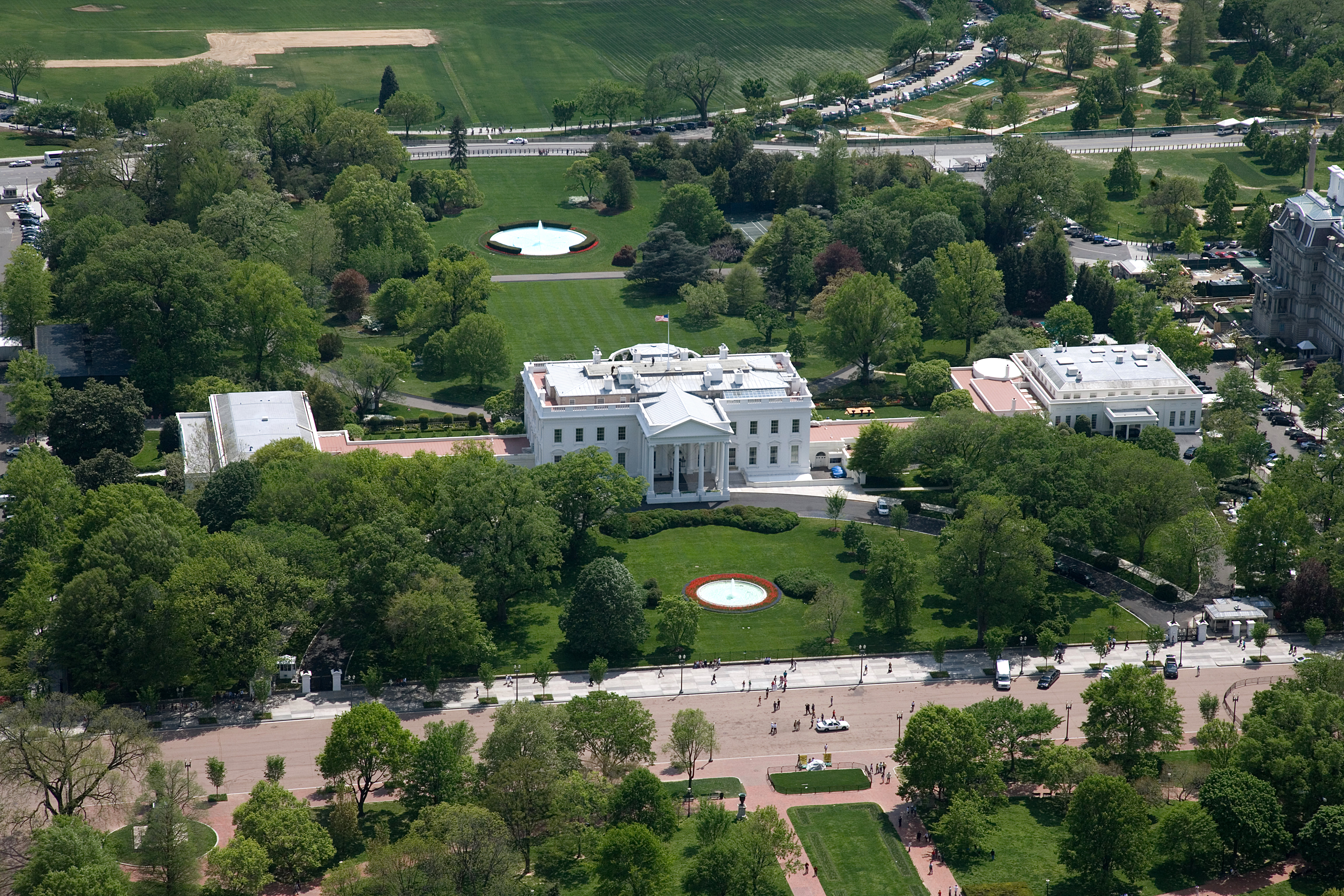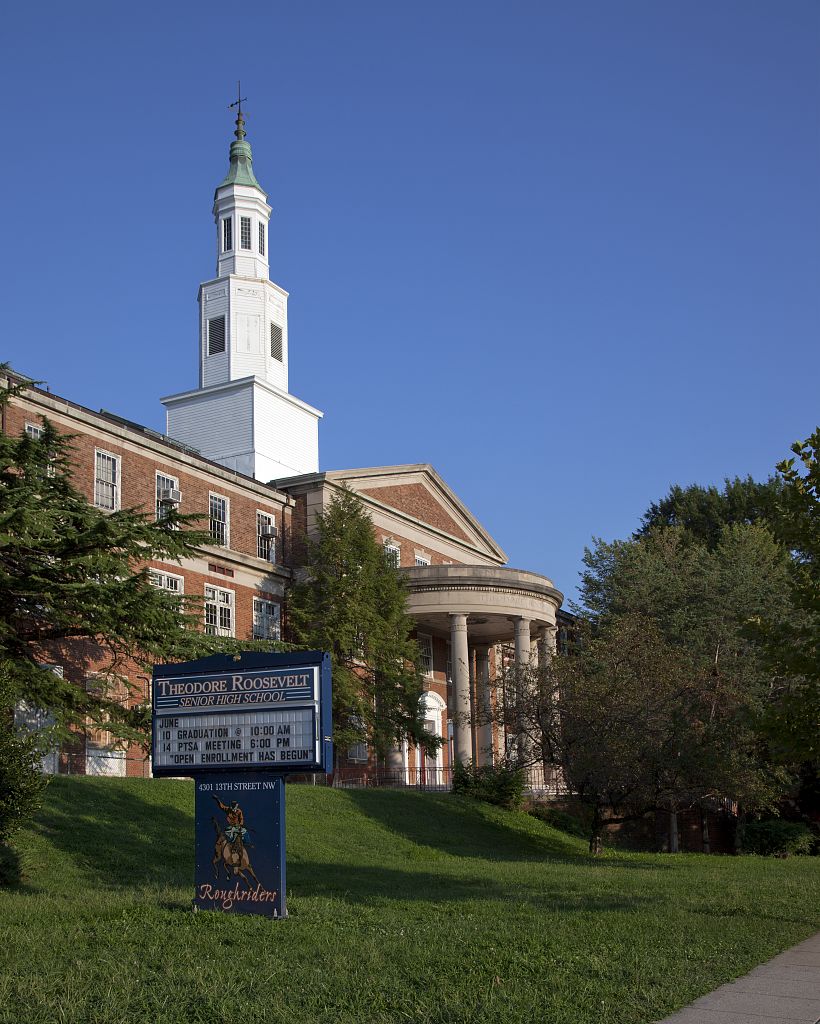|
William Matthews (priest)
William Matthews (December 16, 1770 – April 30, 1854), occasionally spelled Mathews, was an American who became the fifth Roman Catholic priest ordained in the United States and the first such person born in British America. Born in the colonial Province of Maryland, he was briefly a novice in the Society of Jesus. After being ordained, he became influential in establishing Catholic parochial and educational institutions in Washington, D.C. He was the second pastor of St. Patrick's Church, serving for most of his life. He served as the sixth president of Georgetown College, later known as Georgetown University. Matthews acted as president of the Washington Catholic Seminary, which became Gonzaga College High School, and oversaw the continuity of the school during suppression by the church and financial insecurity. Matthews was vicar apostolic and apostolic administrator of the Diocese of Philadelphia during a period of ecclesiastical turmoil. He was a co-founder and preside ... [...More Info...] [...Related Items...] OR: [Wikipedia] [Google] [Baidu] |
Federalist Party
The Federalist Party was a Conservatism in the United States, conservative political party which was the first political party in the United States. As such, under Alexander Hamilton, it dominated the national government from 1789 to 1801. Defeated by the Jeffersonian Republicans in 1800, it became a minority party while keeping its stronghold in New England and made a brief resurgence by opposing the War of 1812. It then collapsed with its last presidential candidate in 1816. Remnants lasted for a few years afterwards. The party appealed to businesses and to conservatives who favored banks, national over state government, manufacturing, an army and navy, and in world affairs preferred Kingdom of Great Britain, Great Britain and strongly opposed the French Revolution. The party favored centralization, Early federalism in the United States, federalism, Modernization theory, modernization, Industrialization in the United States, industrialization and Protectionism in the United S ... [...More Info...] [...Related Items...] OR: [Wikipedia] [Google] [Baidu] |
United States Constitution
The Constitution of the United States is the Supremacy Clause, supreme law of the United States, United States of America. It superseded the Articles of Confederation, the nation's first constitution, in 1789. Originally comprising seven articles, it delineates the national frame of government. Its first three articles embody the doctrine of the separation of powers, whereby the federal government of the United States, federal government is divided into three branches: the United States Congress, legislative, consisting of the bicameralism, bicameral United States Congress, Congress (Article One of the United States Constitution, Article I); the Federal government of the United States#Executive branch, executive, consisting of the President of the United States, president and subordinate officers (Article Two of the United States Constitution, Article II); and the Federal judiciary of the United States, judicial, consisting of the Supreme Court of the United States, Supreme C ... [...More Info...] [...Related Items...] OR: [Wikipedia] [Google] [Baidu] |
Freedom Of Religion In The United States
In the United States, freedom of religion is a constitutionally protected right provided in the religion clauses of the First Amendment. Freedom of religion is closely associated with separation of church and state, a concept advocated by Colonial founders such as Dr. John Clarke, Roger Williams, William Penn, and later Founding Fathers such as James Madison and Thomas Jefferson. The way freedom of religion is interpreted has changed over time in the United States and continues to be controversial. The issue was a major topic of George Washington's Farewell Address. Several American states had their own official state churches both before and after the First Amendment was passed. Illegal religion was a major cause of the 1890–1891 Ghost Dance War. Starting in 1918, nearly all of the pacifist Hutterites emigrated to Canada when Joseph and Michael Hofer died following torture for conscientious objection to the draft. Some have since returned, but most Hutterites remain in Cana ... [...More Info...] [...Related Items...] OR: [Wikipedia] [Google] [Baidu] |
Catholic Wedding
Marriage in the Catholic Church, also known as holy matrimony, is the "covenant by which a man and woman establish between themselves a partnership of the whole of life and which is ordered by its nature to the good of the spouses and the procreation and education of offspring", and which "has been raised by Christ the Lord to the dignity of a sacrament between the baptised." Catholic matrimonial law, based on Roman law regarding its focus on marriage as a free mutual agreement or contract, became the basis for the marriage law of all European countries, at least up to the Reformation. The Catholic Church recognizes as sacramental, (1) the marriages between two baptized non-Catholic Christians or between two baptized Orthodox Christians, as well as (2) marriages between baptized non-Catholic Christians and Catholic Christians, although in the latter case, consent from the diocesan bishop must be obtained, with this termed "permission to enter into a mixed marriage". To illustrat ... [...More Info...] [...Related Items...] OR: [Wikipedia] [Google] [Baidu] |
White House
The White House is the official residence and workplace of the president of the United States. It is located at 1600 Pennsylvania Avenue NW in Washington, D.C., and has been the residence of every U.S. president since John Adams in 1800. The term "White House" is often used as a metonym for the president and his advisers. The residence was designed by Irish-born architect James Hoban in the neoclassical style. Hoban modelled the building on Leinster House in Dublin, a building which today houses the Oireachtas, the Irish legislature. Construction took place between 1792 and 1800, using Aquia Creek sandstone painted white. When Thomas Jefferson moved into the house in 1801, he (with architect Benjamin Henry Latrobe) added low colonnades on each wing that concealed stables and storage. In 1814, during the War of 1812, the mansion was set ablaze by British forces in the Burning of Washington, destroying the interior and charring much of the exterior. Reconstruction began ... [...More Info...] [...Related Items...] OR: [Wikipedia] [Google] [Baidu] |
Cathedral Of St
A cathedral is a church (building), church that contains the ''cathedra'' () of a bishop, thus serving as the central church of a diocese, Annual conferences within Methodism, conference, or episcopate. Churches with the function of "cathedral" are usually specific to those Christian denominations with an episcopal hierarchy, such as the Catholic Church, Catholic, Eastern Orthodox Church, Eastern Orthodox, Anglicanism, Anglican, and some Lutheranism, Lutheran churches.New Standard Encyclopedia, 1998 by Standard Educational Corporation, Chicago, Illinois; page B-262c Church buildings embodying the functions of a cathedral first appeared in Italy, Gaul, Spain, and North Africa in the 4th century, but cathedrals did not become universal within the Western Catholic Church until the 12th century, by which time they had developed architectural forms, institutional structures, and legal identities distinct from parish churches, monastery, monastic churches, and episcopal residences. Th ... [...More Info...] [...Related Items...] OR: [Wikipedia] [Google] [Baidu] |
Capitol Hill
Capitol Hill, in addition to being a metonym for the United States Congress, is the largest historic residential neighborhood in Washington, D.C., stretching easterly in front of the United States Capitol along wide avenues. It is one of the oldest residential neighborhoods in Washington, D.C., and, with roughly 35,000 people in just under , it is also one of the most densely populated. As a geographic feature, Capitol Hill rises near the center of the District of Columbia and extends eastward. Pierre (Peter) Charles L'Enfant, as he began to develop his plan for the new federal capital city in 1791, chose to locate the "Congress House" (the Capitol building) on the crest of the hill at a site that he characterized as a "pedestal waiting for a monument." The Capitol building has been the home of the Congress of the United States and the workplace of many residents of the Capitol Hill neighborhood since 1800. The Capitol Hill neighborhood today straddles two quadrants of the c ... [...More Info...] [...Related Items...] OR: [Wikipedia] [Google] [Baidu] |
District Of Columbia Public Schools
The District of Columbia Public Schools (DCPS) is the local public school system for the District of Columbia, in the United States. It is distinct from the District of Columbia Public Charter Schools (DCPCS), which governs public charter schools in the city. Composition and enrollment It is the sole public school district in the District of Columbia. As of 2013, the District of Columbia Public Schools (DCPS) consisted of 111 of the 238 public elementary and secondary schools and learning centers in Washington, D.C. These schools span prekindergarten to twelfth grade. As of 2000, kindergarten students entered at 5 years old. School is compulsory for DCPS students between the ages of 5 and 18. DCPS schools typically start the last Monday in August. The school day generally lasts for about six hours. The ethnic breakdown of students enrolled in 2014 was 67% Black, 17% Hispanic (of any race), 12% non-Hispanic White, and 4% of other races. As of 2014, the District itself ha ... [...More Info...] [...Related Items...] OR: [Wikipedia] [Google] [Baidu] |
Diocese Of Philadelphia
The Roman Catholic Metropolitan Archdiocese of Philadelphia is a Latin Church ecclesiastical territory or diocese of the Catholic Church in southeastern Pennsylvania, in the United States. It covers the City and County of Philadelphia as well as Bucks, Chester, Delaware, and Montgomery counties. The diocese was erected by Pope Pius VII on April 8, 1808, from territories of the Archdiocese of Baltimore. Originally the diocese included all of Pennsylvania, Delaware, and seven counties and parts of three counties in New Jersey. The diocese was raised to the dignity of a metropolitan archdiocese on February 12, 1875. The seat of the archbishop is the Cathedral-Basilica of Ss. Peter & Paul. The Most Reverend Nelson J. Perez was appointed as Archbishop of Philadelphia in January 2020. It is also the Metropolitan See of the Ecclesiastical Province of Philadelphia, which includes the suffragan episcopal sees of Allentown, Altoona-Johnstown, Erie, Greensburg, Harrisbu ... [...More Info...] [...Related Items...] OR: [Wikipedia] [Google] [Baidu] |
Apostolic Administrator
An Apostolic administration in the Catholic Church is administrated by a prelate appointed by the pope to serve as the ordinary for a specific area. Either the area is not yet a diocese (a stable 'pre-diocesan', usually missionary apostolic administration), or is a diocese, eparchy or similar permanent ordinariate (such as a territorial prelature or a territorial abbacy) that either has no bishop (an apostolic administrator ''sede vacante'', as after an episcopal death or resignation) or, in very rare cases, has an incapacitated bishop (apostolic administrator ''sede plena''). Characteristics Apostolic administrators of stable administrations are equivalent in canon law with diocesan bishops, meaning they have essentially the same authority as a diocesan bishop. This type of apostolic administrator is usually the bishop of a titular see. Administrators ''sede vacante'' or ''sede plena'' only serve in their role until a newly chosen diocesan bishop takes possession of the dioc ... [...More Info...] [...Related Items...] OR: [Wikipedia] [Google] [Baidu] |
Vicar Apostolic
A vicar (; Latin: ''vicarius'') is a representative, deputy or substitute; anyone acting "in the person of" or agent for a superior (compare "vicarious" in the sense of "at second hand"). Linguistically, ''vicar'' is cognate with the English prefix "vice", similarly meaning "deputy". The title appears in a number of Christian ecclesiastical contexts, but also as an administrative title, or title modifier, in the Roman Empire. In addition, in the Holy Roman Empire a local representative of the emperor, perhaps an archduke, might be styled "vicar". Roman Catholic Church The Pope uses the title ''Vicarius Christi'', meaning the ''vicar of Christ''. In Catholic canon law, ''a vicar is the representative of any ecclesiastic'' entity. The Romans had used the term to describe officials subordinate to the praetorian prefects. In the early Christian churches, bishops likewise had their vicars, such as the archdeacons and archpriests, and also the rural priest, the curate who had the ''c ... [...More Info...] [...Related Items...] OR: [Wikipedia] [Google] [Baidu] |









